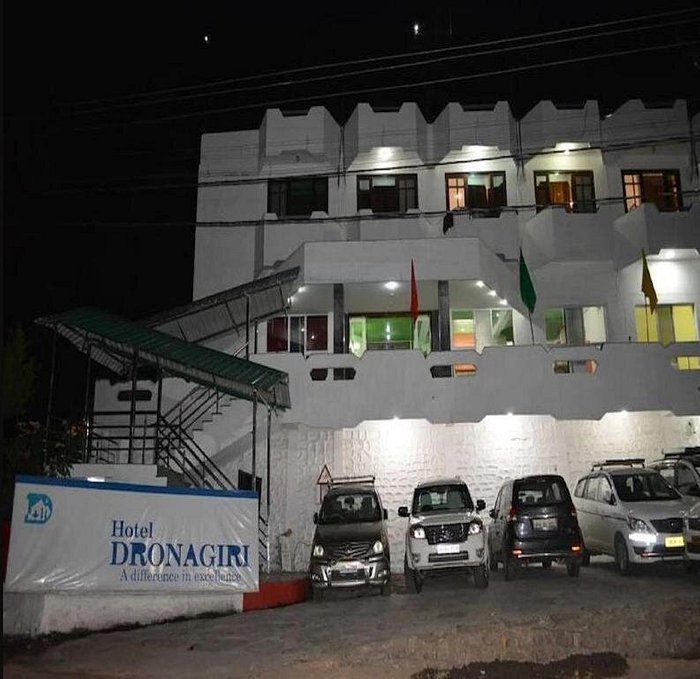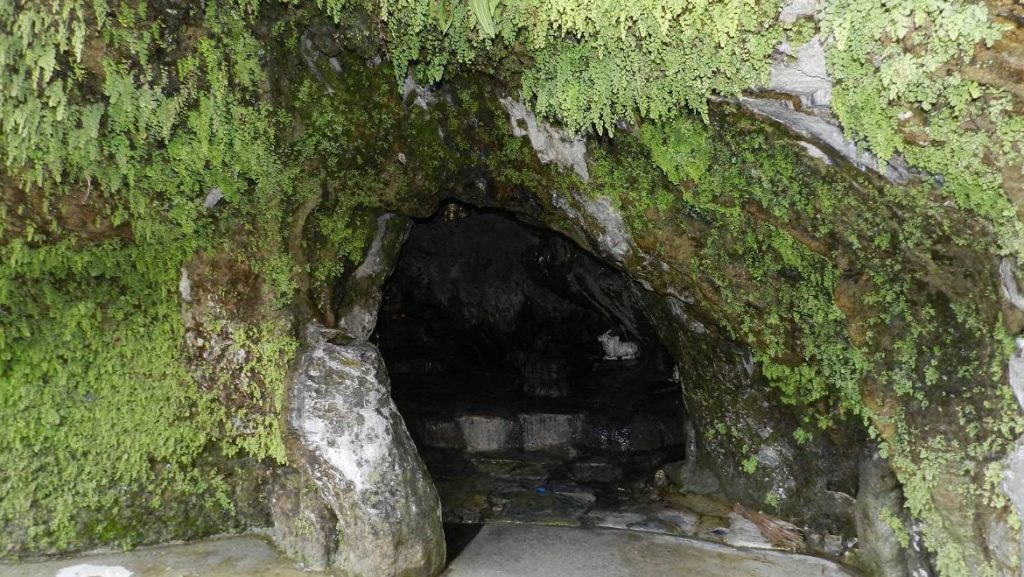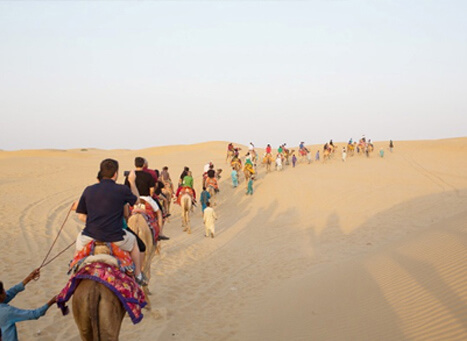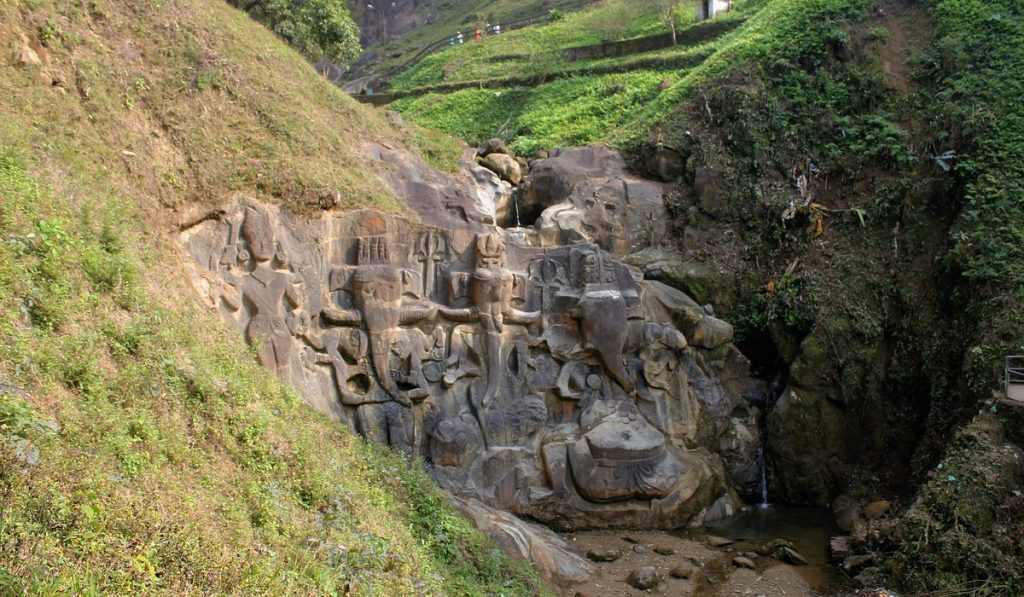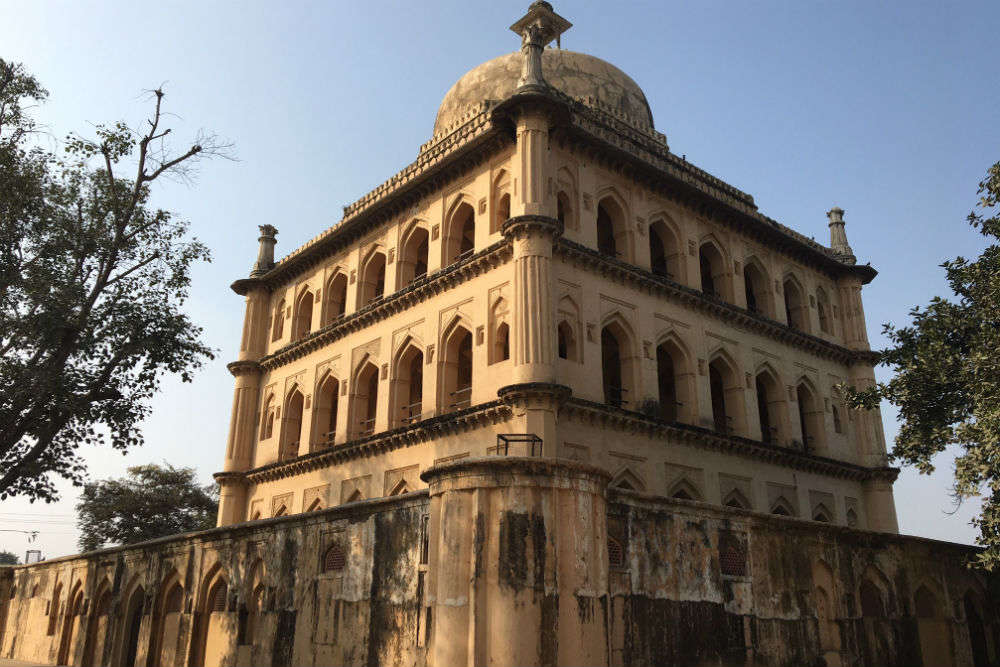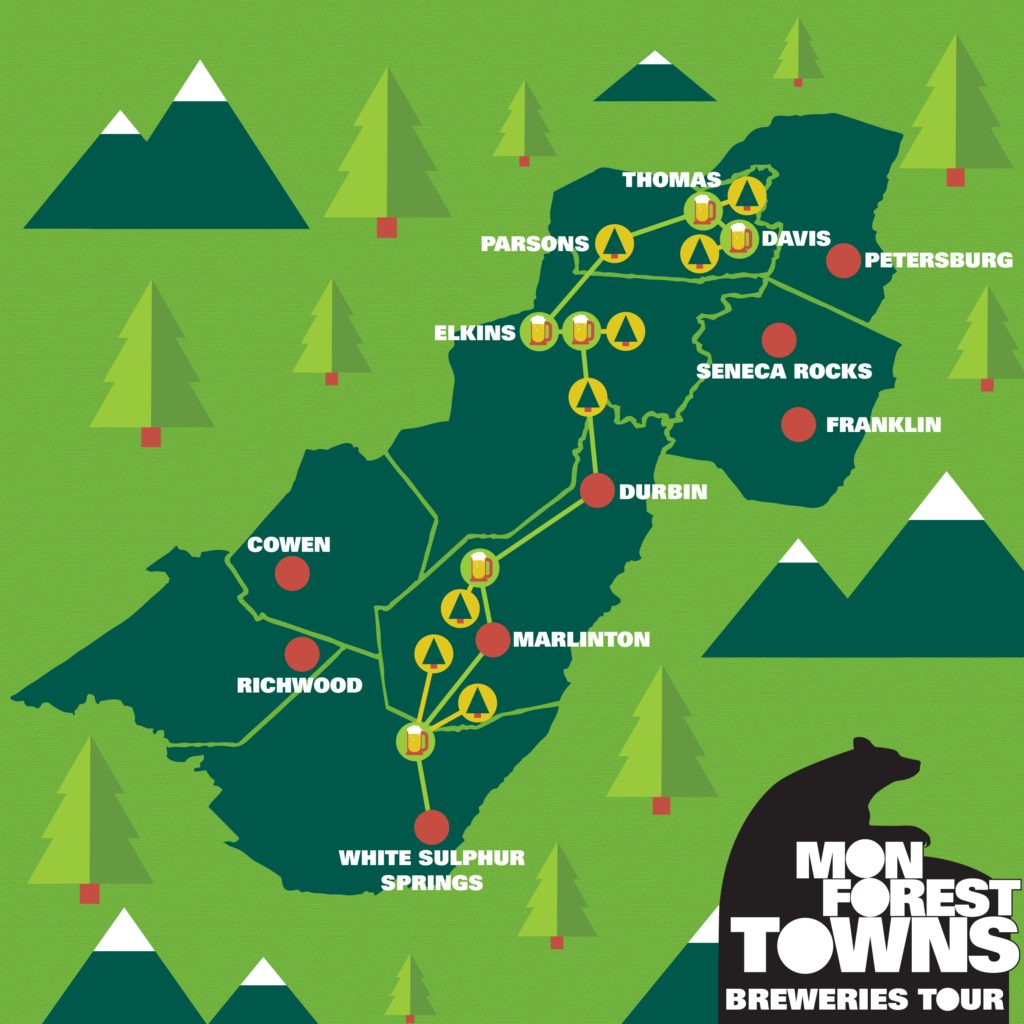Arts and culture enrich our lives in countless ways. They reflect our history, values, and creativity.
Exploring arts and culture opens up a world of wonder and insight. From ancient artifacts to modern masterpieces, each piece tells a story. These stories connect us to different times and places. They help us understand diverse perspectives and shared human experiences.
Art galleries, theaters, music, literature, and dance all contribute to this vibrant tapestry. They challenge our thinking, inspire our creativity, and stir our emotions. Delving into arts and culture allows us to appreciate beauty and innovation. It also fosters a sense of community and belonging. Join us on this journey as we explore the rich and diverse world of arts and culture.
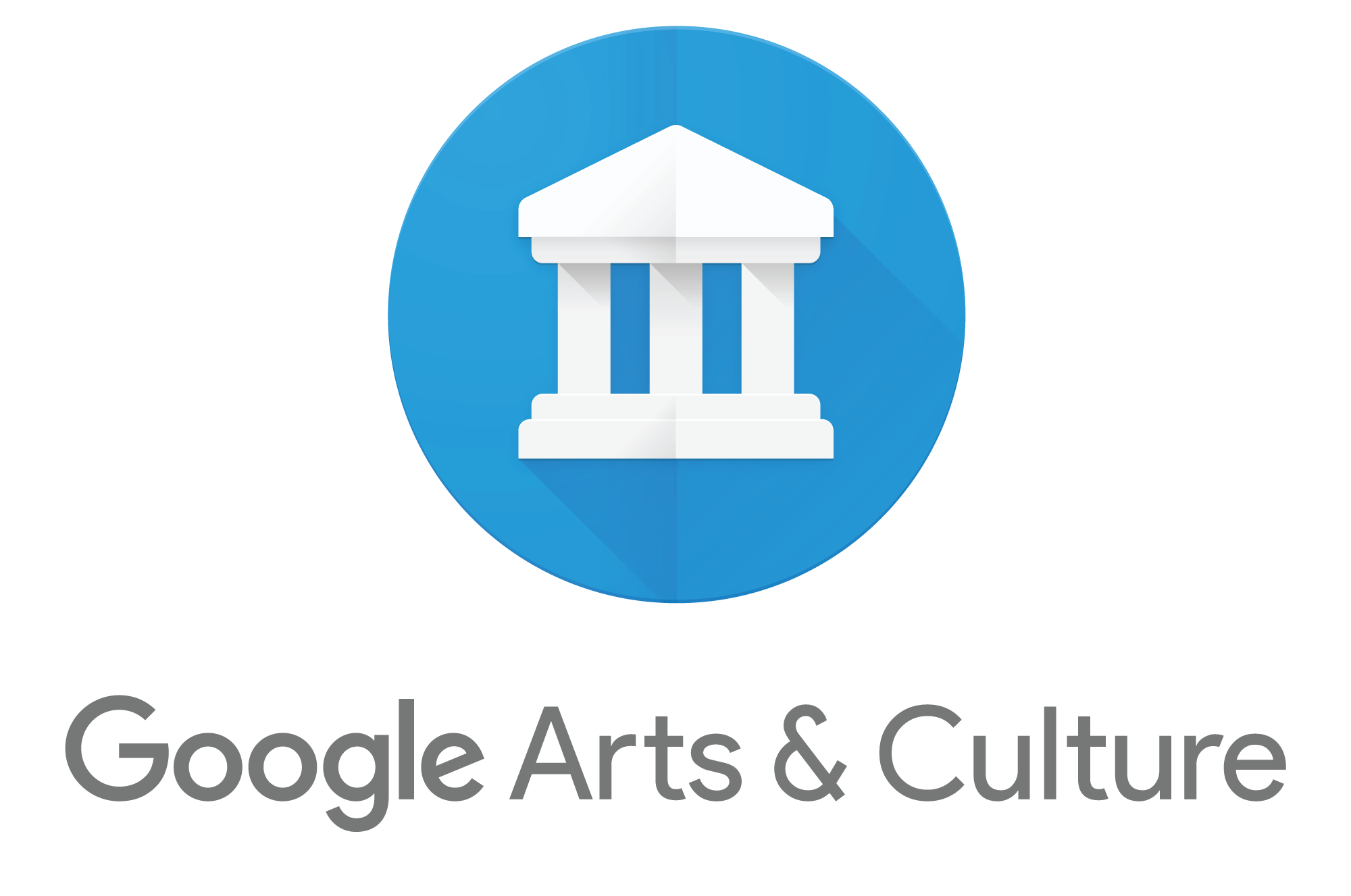
Credit: www.more.net
Global Artistic Traditions
When it comes to understanding the world through the lens of artistic expression, exploring Global Artistic Traditions offers a treasure trove of insights. These traditions are not just remnants of the past; they are living, breathing expressions that continue to influence our modern world. Let’s dive into some ancient and modern artistic movements that have shaped our global culture.
Ancient Art Forms
Ancient art forms are the foundation of our visual and cultural heritage. They give us a glimpse into the lives, beliefs, and values of ancient civilizations.
Consider the intricate hieroglyphics of ancient Egypt. These symbols were more than mere writing; they were a form of art that conveyed stories, religious beliefs, and societal norms.
In India, the elaborate carvings on temple walls tell tales of gods and goddesses, and showcase the skill of artisans who spent years perfecting their craft. You can almost feel the devotion and dedication in each stroke and chisel mark.
Have you ever stood before a piece of ancient art and felt a connection to its creator? It’s a powerful reminder of our shared humanity.
Modern Artistic Movements
Modern artistic movements continue to evolve, reflecting contemporary issues and new ways of thinking. These movements challenge traditional boundaries and invite us to see the world differently.
Take the vibrant colors and bold forms of Cubism, pioneered by artists like Picasso. This movement broke away from realistic depictions and encouraged viewers to perceive subjects from multiple angles.
Street art has transformed urban landscapes, with artists like Banksy using public spaces to convey political messages and social commentary. Have you ever walked past a mural that made you stop and think?
Digital art is another modern movement that has expanded the possibilities of creativity. With tools like Photoshop and Procreate, artists can create stunning works that were unimaginable just decades ago.
So, what do these artistic traditions mean to you? How do they shape your view of the world? By exploring both ancient and modern art forms, you can deepen your appreciation for the diverse ways humans express themselves.
Cultural Heritage Sites
Cultural heritage sites are landmarks that tell our history. They show our traditions, arts, and values. These sites can be buildings, monuments, or landscapes. Visiting them helps us understand the past. They connect us to our ancestors. They show us how people lived long ago. They are treasures that we must protect for future generations.
Unesco World Heritage Sites
UNESCO World Heritage Sites are special. They are recognized for their value to humanity. These sites are found all over the world. Some famous ones include the Great Wall of China, the Pyramids of Egypt, and the Taj Mahal in India. Each site has a unique story. They show different cultures and histories. They are chosen for their beauty, history, and importance to culture. Visiting these sites can be a life-changing experience.
Preservation Efforts
Preserving cultural heritage sites is crucial. These sites face many threats. Natural disasters can damage them. Urban development can destroy them. Pollution can harm them. Many organizations work to protect these sites. They restore damaged parts. They ensure the sites are maintained. They also educate people about the importance of these sites. Efforts include fundraising and awareness campaigns. Volunteers play a big role too. Their work helps to keep our history alive.
Traditional Music And Dance
Traditional music and dance are the lifeblood of cultural heritage. They tell stories, preserve history, and bring communities together. When you hear the rhythmic beats of folk music or witness the graceful movements of cultural dance forms, you are experiencing the soul of a culture. Let’s delve deeper into the vibrant world of traditional music and dance.
Folk Music
Folk music is the heartbeat of many communities around the world. It is passed down through generations, often orally, and carries the essence of everyday life, struggles, and celebrations.
- In Ireland, you can hear the lively tunes of the fiddle and the melancholic notes of the tin whistle. These melodies are not just music; they are the stories of the Irish people.
- In the villages of West Africa, the djembe drum sets the pace for communal gatherings. The drumbeats are powerful, resonating with the spirit of the people.
- If you visit the Appalachian mountains in the United States, you’ll be greeted with the soulful sound of bluegrass music. The banjo and the harmonica create a unique blend that speaks to the simplicity and beauty of mountain life.
Have you ever listened to folk music from a different culture and felt an immediate connection? It’s amazing how music can transcend language and geography, drawing you into the heart of a community.
Cultural Dance Forms
Cultural dance forms are more than just entertainment; they are expressions of identity and tradition. Each movement, each gesture, tells a story and communicates emotions.
- The Flamenco dance of Spain is fiery and passionate. Dancers use their hands, feet, and facial expressions to convey deep emotions, often accompanied by the strumming of a Spanish guitar.
- In India, Bharatanatyam is a classical dance that combines intricate footwork and expressive hand gestures. It’s a dance of devotion and storytelling, often performed in temples.
- The Hula dance of Hawaii is graceful and fluid. Dancers use their hands to tell stories of the land, the sea, and the gods, often accompanied by traditional Hawaiian chants and music.
Have you ever tried to learn a dance from a different culture? It can be challenging, but it’s a rewarding way to immerse yourself in the history and traditions of a community. You might find that the movements and rhythms give you a new perspective on the culture.
Traditional music and dance are powerful tools for preserving cultural heritage. They connect us to our roots and teach us about the world beyond our own experiences. Next time you listen to folk music or watch a cultural dance, take a moment to appreciate the stories they tell and the connections they foster. What does traditional music and dance mean to you?
Literature And Storytelling
Literature and storytelling are the heartbeats of human culture. They carry the essence of our dreams, fears, and history. From ancient myths to modern-day novels, stories have always been a powerful means to connect people across time and space. Whether you are an avid reader or a casual listener, there is always something to discover in the world of literature.
Epic Tales And Myths
Epic tales and myths are more than just stories; they are the foundation of cultural identity. These narratives often explain the origins of a people, their gods, and their heroes. Think of Homer’s “The Odyssey” or the Indian epic “Mahabharata.” These stories are not just entertaining but also teach moral lessons and cultural values.
When I first read “The Odyssey,” I was captivated by Odysseus’s adventures and the timeless themes of bravery and perseverance. It made me reflect on my own life’s journey and the obstacles I face. How do ancient myths inspire you? Do they make you see your challenges in a new light?
Contemporary Authors
Today’s authors continue the tradition of storytelling by addressing modern issues through their works. Writers like Chimamanda Ngozi Adichie and Haruki Murakami bring fresh perspectives to literature, blending the contemporary with the timeless. They explore themes such as identity, love, and social justice.
Reading Adichie’s “Americanah” opened my eyes to the complexities of cultural identity and immigration. It made me question my own biases and perspectives. Have you ever read a book that changed your viewpoint? How did it affect your understanding of the world?
Literature and storytelling are more than just pastimes; they are tools for personal growth and social connection. They allow us to explore new worlds, understand different cultures, and reflect on our own lives. So, pick up a book, dive into a story, and let your imagination soar.
Culinary Arts
The culinary arts encompass the preparation, cooking, and presentation of food. It is a blend of creativity, skill, and passion. Chefs use various techniques and ingredients to create dishes that please the palate. The culinary arts are not just about food. They celebrate culture, history, and tradition through flavors and cooking methods.
Regional Cuisines
Regional cuisines showcase the unique flavors of different areas. Each region has its own ingredients and cooking styles. These dishes tell stories about the people and their way of life. For example, Italian cuisine is famous for its pasta and olive oil. In contrast, Japanese cuisine highlights fresh seafood and rice. Each region offers a new taste adventure.
Gastronomic Festivals
Gastronomic festivals celebrate food and culture. They bring together chefs, food lovers, and artisans. These festivals feature cooking demonstrations, tastings, and workshops. Visitors can sample dishes from around the world. They can also learn about different cooking techniques. Such events create a sense of community and joy.
Visual Arts
The world of visual arts is vast and captivating. It includes various forms, each offering unique expressions of creativity. Visual arts engage our senses, evoke emotions, and provoke thoughts. This section delves into the fascinating realms of painting, sculpture, photography, and film.
Painting And Sculpture
Painting and sculpture are timeless forms of art. Painters use colors, shapes, and textures to create images on surfaces. These artworks can be realistic or abstract. Each painting tells a story or conveys a feeling. Famous examples include the works of Van Gogh and Picasso.
In contrast, sculptures are three-dimensional. Sculptors carve, mold, or assemble materials like stone, metal, or clay. This form of art invites viewers to explore every angle. Michelangelo’s David and Rodin’s The Thinker are iconic sculptures that continue to inspire.
Photography And Film
Photography captures moments in time. Photographers use cameras to freeze scenes, people, or events. This art form can be candid or staged. Iconic photographs, like those by Ansel Adams, showcase the beauty of nature and the power of the human spirit.
Film, on the other hand, combines visuals and sound to tell stories. It brings characters and plots to life. Directors like Steven Spielberg and Quentin Tarantino have created memorable films. Their work continues to influence and entertain audiences worldwide.
Festivals And Celebrations
Festivals and celebrations are the heartbeats of arts and culture. They bring communities together, fostering a shared sense of identity and tradition. These events often tell stories of our past, celebrate the present, and look forward to the future. Whether it’s a religious festival or a seasonal celebration, each event offers a unique glimpse into the cultural fabric of a society. Let’s dive into the vibrant world of festivals and celebrations.
Religious Festivals
Religious festivals are deeply rooted in the traditions and beliefs of communities. They often commemorate significant events or figures, creating a sense of unity and spirituality. Take Diwali, for instance, the Hindu festival of lights. Homes are decorated with oil lamps, and fireworks light up the sky. It’s a time for family gatherings, exchanging gifts, and savoring sweets.
Similarly, Christmas is celebrated by Christians worldwide. It’s not just about the presents under the tree. It’s about coming together, singing carols, and sharing a festive meal. Each tradition, whether it’s attending a midnight mass or setting up a nativity scene, adds to the rich tapestry of the celebration.
Have you ever participated in a religious festival that wasn’t your own? It’s a fascinating way to experience another culture. You might find that despite differences, the core values of love, peace, and togetherness resonate universally.
Seasonal Celebrations
Seasonal celebrations mark the changes in nature, often aligning with agricultural cycles. These events are a way to celebrate the bounty of the earth and the changing seasons. Think of Thanksgiving in the United States. It’s a time to express gratitude for the harvest and the blessings of the past year. Families gather for a feast, featuring turkey, stuffing, and pumpkin pie.
In Japan, the Cherry Blossom Festival (Hanami) signals the arrival of spring. People picnic under the blooming cherry trees, enjoying the beauty of the flowers. It’s a moment to appreciate the fleeting nature of life, as cherry blossoms only bloom for a short period.
Imagine the joy of participating in a seasonal celebration from another culture. It’s an enriching experience that opens your eyes to the world’s diversity. Have you thought about how different yet similar these celebrations can be? It’s a reminder that we all share the same planet and the same cycles of nature.
What festivals and celebrations have you experienced that left a lasting impression? Share your stories and insights. They might inspire someone to explore new cultural horizons.
Credit: www.cityoflancasterca.org
Influence Of Technology
The integration of technology into arts and culture has transformed how we create, share, and experience artistic expressions. From digital art to virtual heritage experiences, technological advancements have opened new horizons for artists and audiences alike. Let’s delve into how these innovations are reshaping the landscape of arts and culture.
Digital Art
Digital art is a prime example of how technology has revolutionized artistic creation. Artists now use software like Adobe Photoshop, Procreate, and Blender to produce stunning visuals that were once impossible with traditional tools.
Imagine creating a masterpiece without ever touching a canvas or a brush. That’s the reality for many digital artists today. Using tablets and styluses, they can paint, draw, and sculpt in a virtual environment, offering unlimited possibilities for creativity.
Moreover, digital art allows for easy editing and experimentation. You can try different styles, undo mistakes, and explore new techniques without the fear of ruining your work. This flexibility encourages innovation and helps artists develop their unique voice.
Platforms like Instagram and Behance also provide artists with a global stage to showcase their work. You can reach an international audience, receive instant feedback, and even collaborate with other artists from around the world. This interconnectedness not only enriches the artistic community but also fosters a more inclusive and diverse cultural landscape.
Virtual Heritage Experiences
Virtual heritage experiences offer a fascinating way to explore and preserve cultural heritage using technology. These experiences leverage virtual reality (VR) and augmented reality (AR) to bring history to life.
Have you ever wanted to walk through ancient Rome or visit the Great Wall of China without leaving your home? VR and AR make this possible. By donning a VR headset, you can immerse yourself in meticulously recreated historical sites and gain a deeper understanding of different cultures and epochs.
For instance, the British Museum offers a VR tour that lets you explore the tomb of Pharaoh Tutankhamun. This interactive experience not only educates but also creates an emotional connection with the past. It’s like having a time machine at your disposal.
These virtual experiences are not limited to museums and historical sites. They are also used in education to make learning more engaging and interactive. Imagine studying ancient civilizations by virtually visiting their ruins and artifacts. This hands-on approach can make history come alive and foster a greater appreciation for our shared heritage.
But what do you think? How has technology changed your experience of art and culture? Share your thoughts in the comments below. Let’s keep the conversation going!
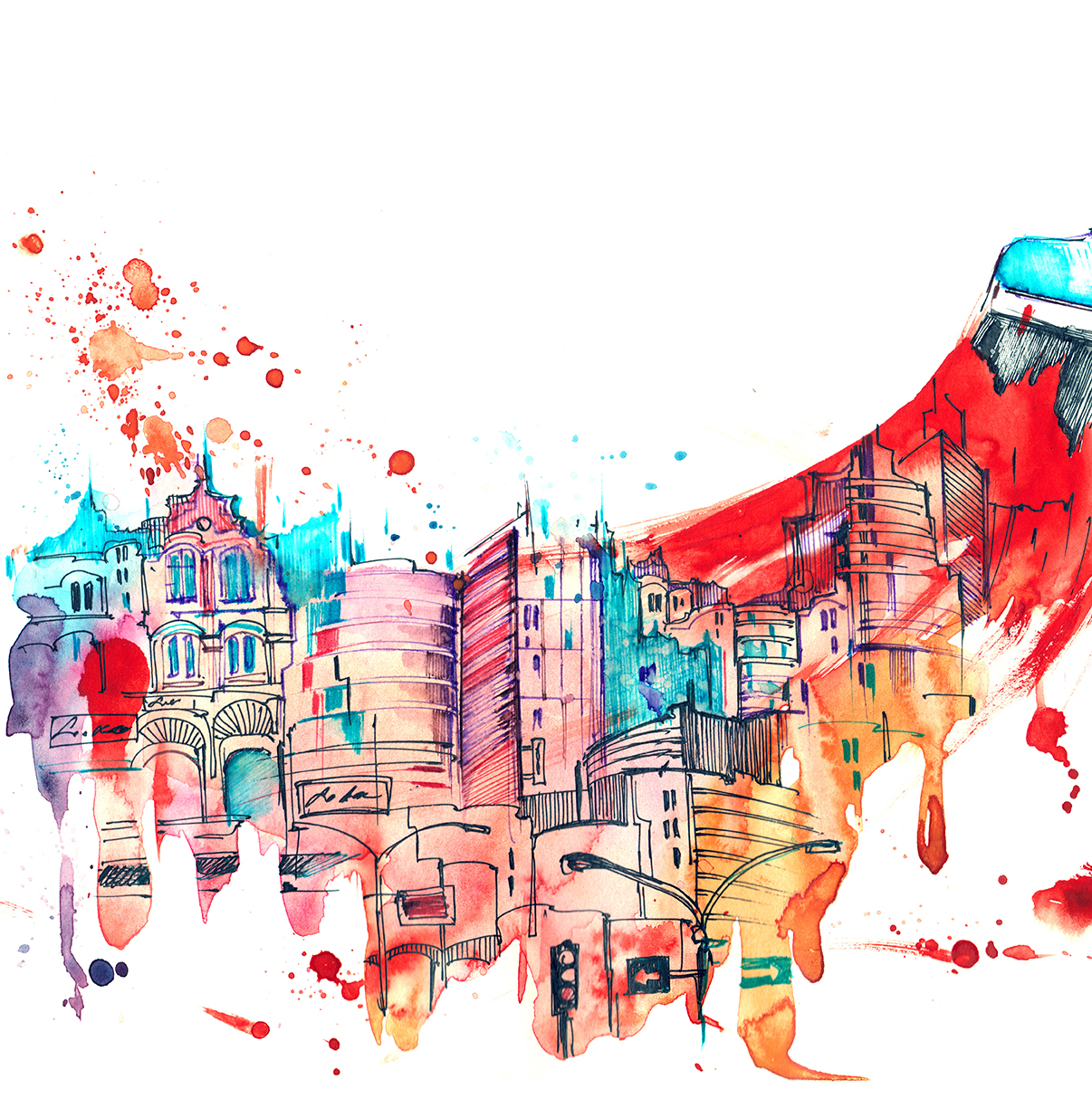
Credit: www.policylink.org
Frequently Asked Questions
What Is The Study Of Arts And Culture?
The study of arts and culture explores human creativity, history, and societal impacts through visual arts, music, literature, and performance.
What Is Arts And Culture Examples?
Arts and culture examples include painting, sculpture, dance, music, theater, literature, cinema, and culinary arts. These expressions reflect heritage, traditions, and creativity.
What Is Considered Arts And Culture?
Arts and culture encompass visual arts, music, theater, dance, literature, and film. They also include traditions, beliefs, and customs. These elements reflect human creativity, heritage, and societal values.
What Is Art And Culture?
Art is the expression of human creativity through visual, auditory, or performance mediums. Culture encompasses the customs, beliefs, and social behavior of a society. Both reflect human experiences and values.
Conclusion
Arts and culture enrich our lives daily. They connect us, inspire creativity. Exploring them fosters understanding and appreciation. Visiting museums, theaters, and galleries broadens perspectives. Supporting local artists strengthens communities. Embrace arts and culture to enhance your life. Discover new passions and talents.
Share experiences with others, sparking joy and conversation. Dive into the world of arts today. Let it transform your view. Celebrate the beauty of human expression. Arts and culture hold endless wonders. Enjoy the journey and keep exploring.
{ “@context”: “https://schema.org”, “@type”: “FAQPage”, “mainEntity”: [ { “@type”: “Question”, “name”: “What is the study of arts and culture?”, “acceptedAnswer”: { “@type”: “Answer”, “text”: “The study of arts and culture explores human creativity, history, and societal impacts through visual arts, music, literature, and performance.” } } , { “@type”: “Question”, “name”: “What is arts and culture examples?”, “acceptedAnswer”: { “@type”: “Answer”, “text”: “Arts and culture examples include painting, sculpture, dance, music, theater, literature, cinema, and culinary arts. These expressions reflect heritage, traditions, and creativity.” } } , { “@type”: “Question”, “name”: “What is considered arts and culture?”, “acceptedAnswer”: { “@type”: “Answer”, “text”: “Arts and culture encompass visual arts, music, theater, dance, literature, and film. They also include traditions, beliefs, and customs. These elements reflect human creativity, heritage, and societal values.” } } , { “@type”: “Question”, “name”: “What is art and culture?”, “acceptedAnswer”: { “@type”: “Answer”, “text”: “Art is the expression of human creativity through visual, auditory, or performance mediums. Culture encompasses the customs, beliefs, and social behavior of a society. Both reflect human experiences and values.” } } ] }
